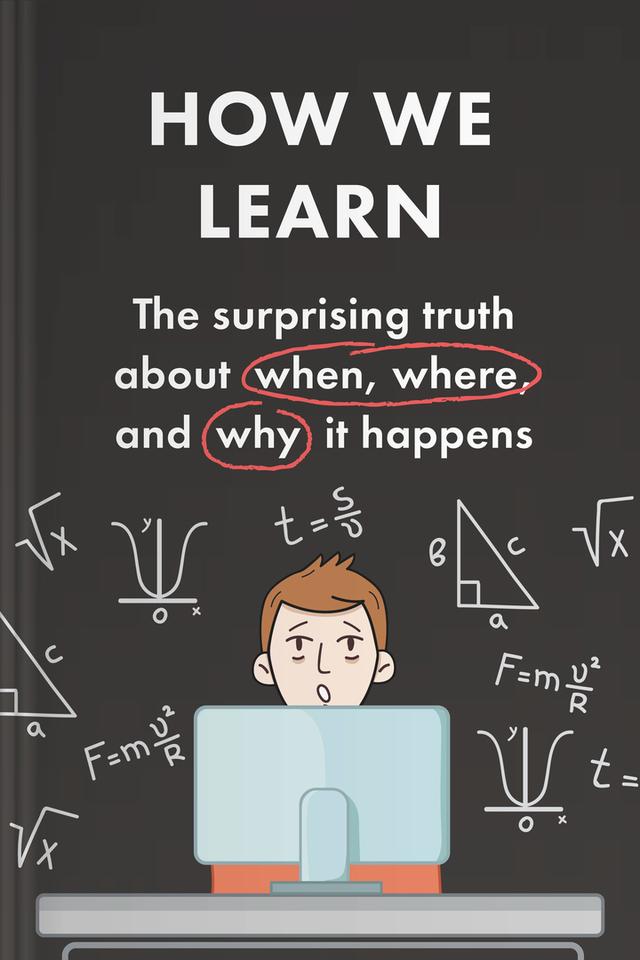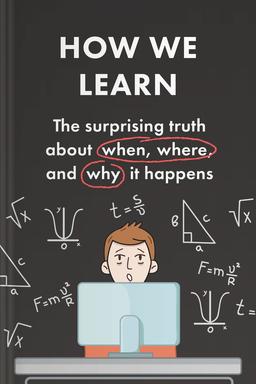You’ll learn
- The benefits of distractions
- Why forgetting isn’t a failure
- How good habits influence learning
- Ways to make learning easier
russia has launched a full-scale war in Ukraine. Donate to support Ukraine and protect the world’s peace.

first KEY POINT
Do you have difficulties with studying and learning new things? If yes, have you ever considered that you may have a problem with learning because you're doing it incorrectly? Learning rarely comes easy, no matter what some might say, but you’re about to encounter exciting advice to help you get the most out of this process. Learning is more than just reading and studying; knowing the difference will change your life.The mistake many people make is that they try to read or learn under pressure. Learning under undue stress will only force you to study the things that are not important to what you need to know. One of the keys to effective learning lies in understanding a simple truth: it’s not just about reading; it’s about understanding your reading.The ability to read and understand isn’t a spontaneous activity; you must continuously practice it. When you fail to know what you are learning, you’ll find it difficult to implement your thoughts. The most brilliant minds in the world, like Albert Einstein, Aristotle, Bill Gates, etc., didn’t become successful by skimming or cramming texts. They took their time to understand the concept of learning: reading and understanding.
Libraries are always quiet because you learn better when you are not distracted. While some people process information better in the morning, others work better at night. Therefore, finding what works for you and sticking to that routine is essential. Stay tuned and discover new learning techniques and common errors that will make it easy to understand the learning process.
second KEY POINT
The human memory is still the most crucial component of the body. It's where data is processed and delivered to various areas for different purposes. The brain’s structure is such that multiple regions control other functions. Understanding how our brains work will give us a clearer picture of how we receive, analyze, and produce information, which is intrinsic to learning.The brain consists of three essential components:• The entorhinal cortex is responsible for filtering incoming information.
• The hippocampus is where memory formation begins.
• The neocortex stores conscious memories once they have been flagged as something worth remembering.Cells, which make up memories, collaborate to send out impulses known as neurons. The neurons flash messages when the brain requests an output from a previously stored memory. Subsequently, synapses are neuron flashes happening inside many cells. They work while you try to maintain or recall a memory.

Continue reading with Headway app
Continue readingfirst KEY POINT
second KEY POINT
third KEY POINT
fourth KEY POINT
fifth KEY POINT
sixth KEY POINT